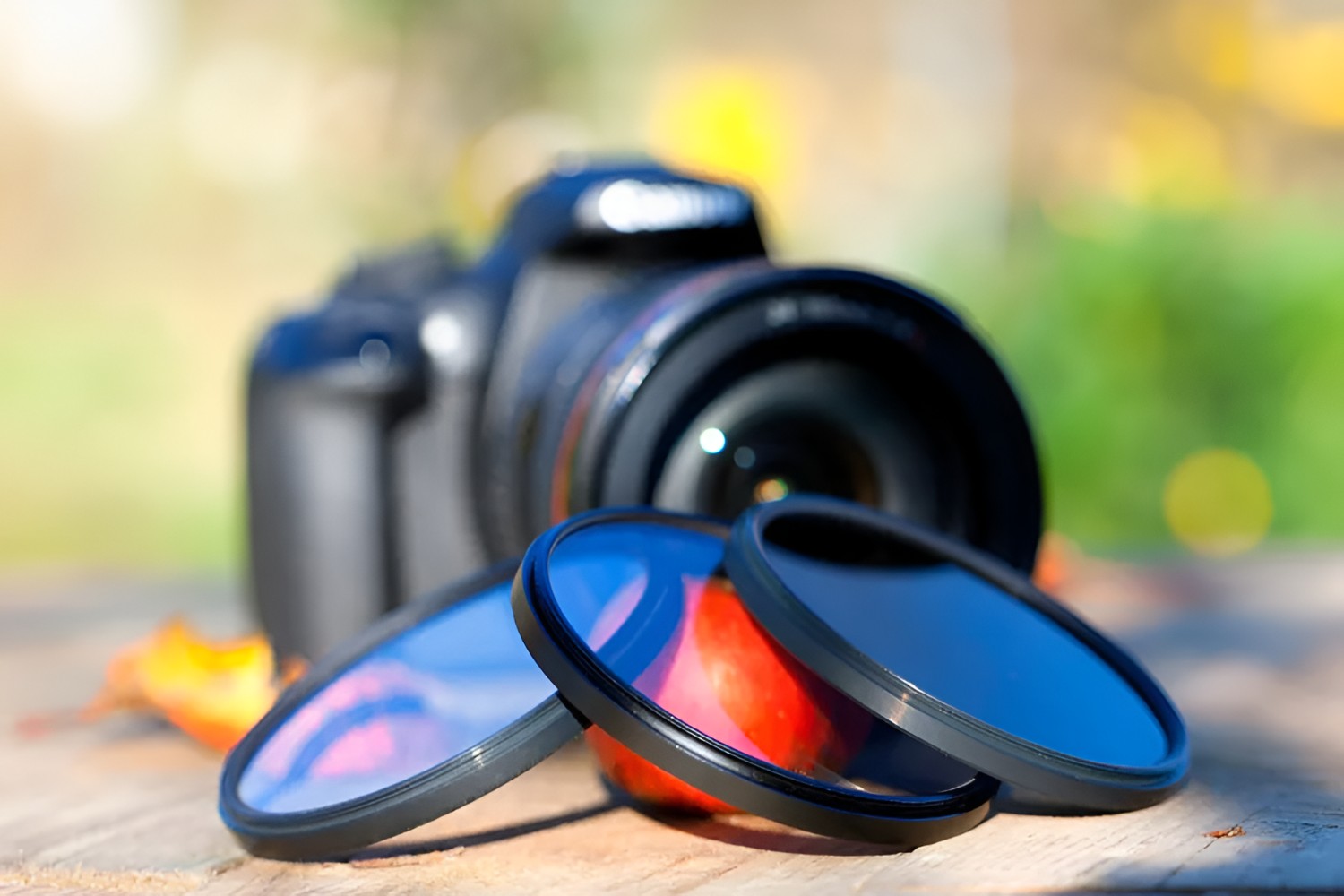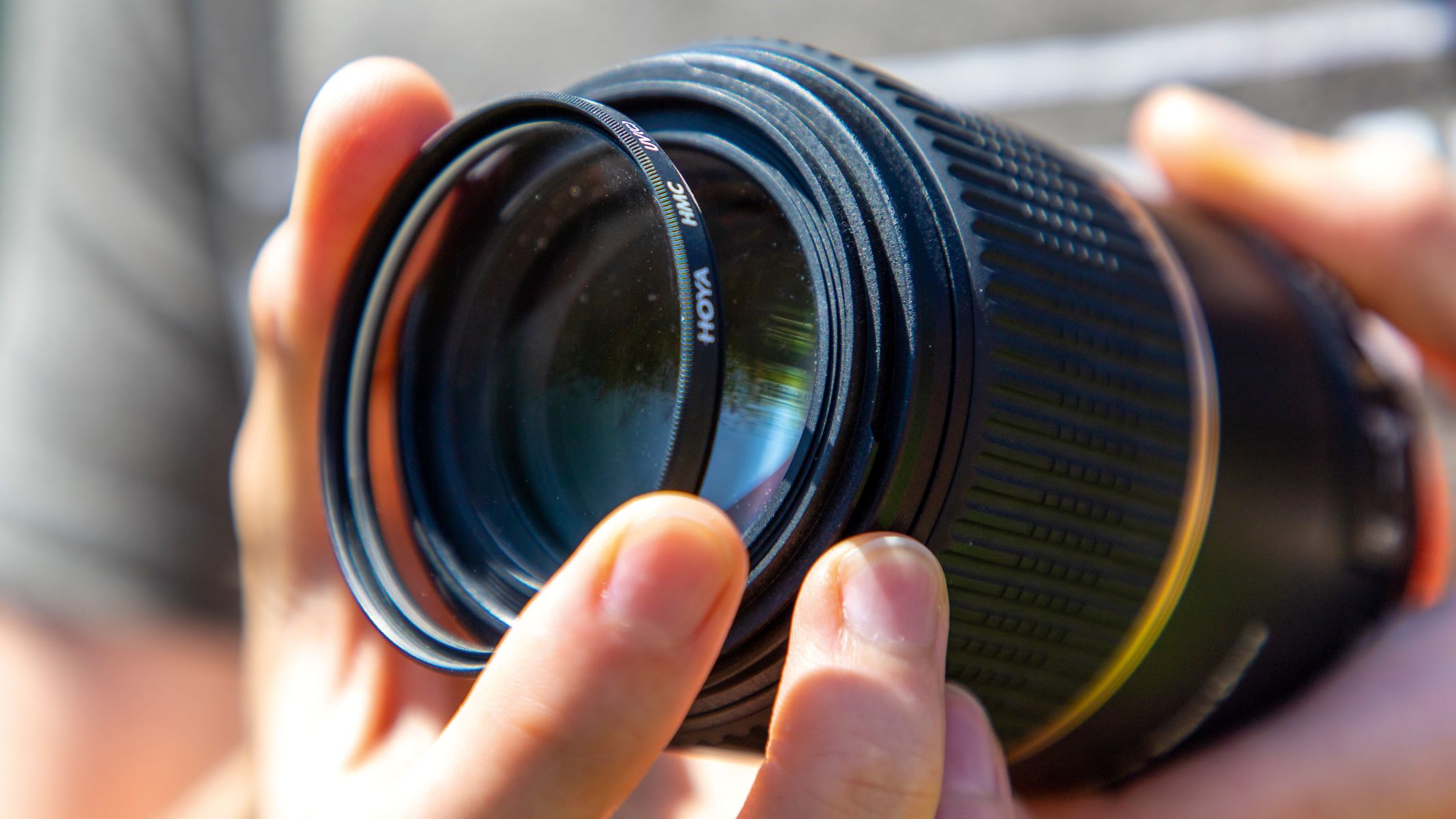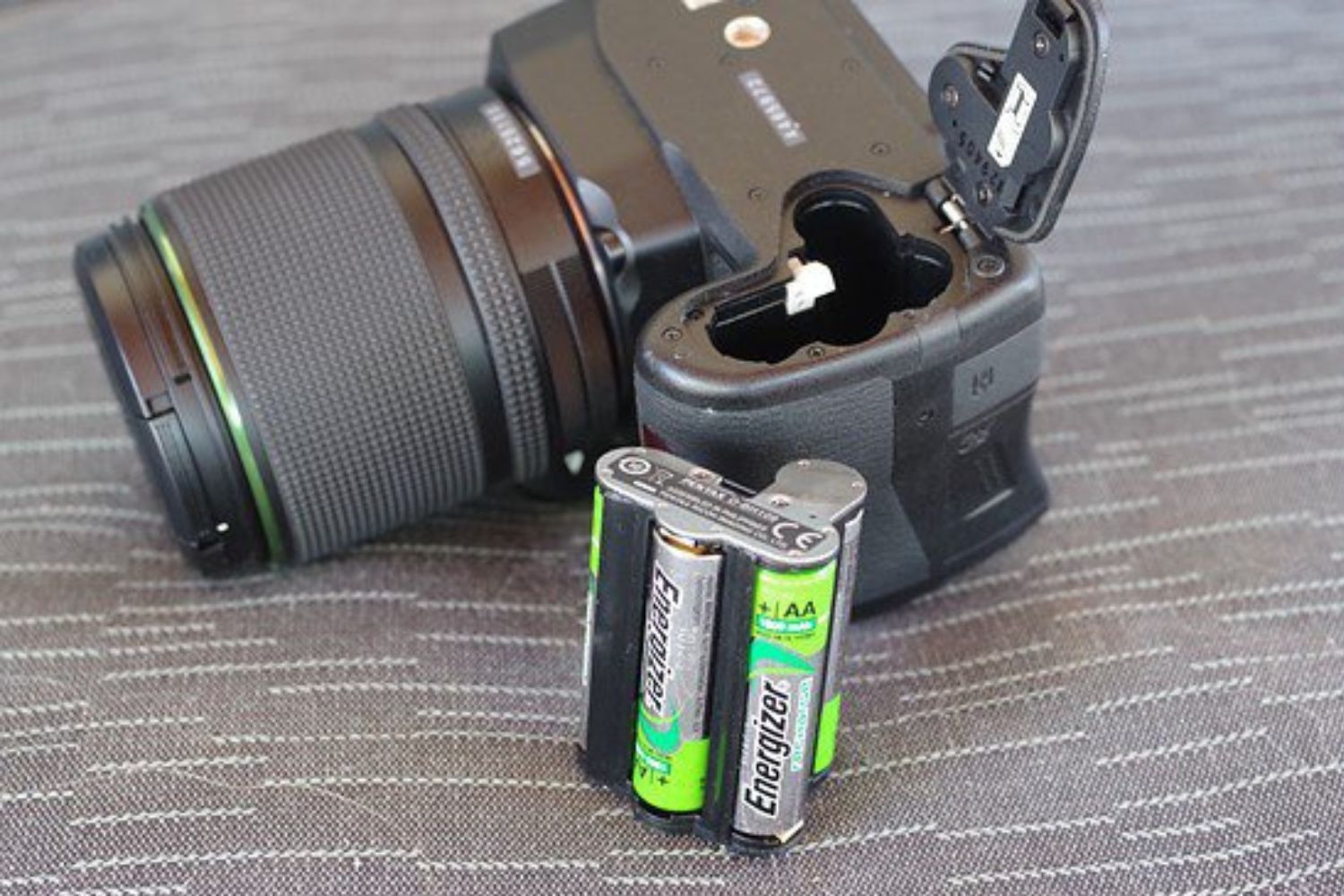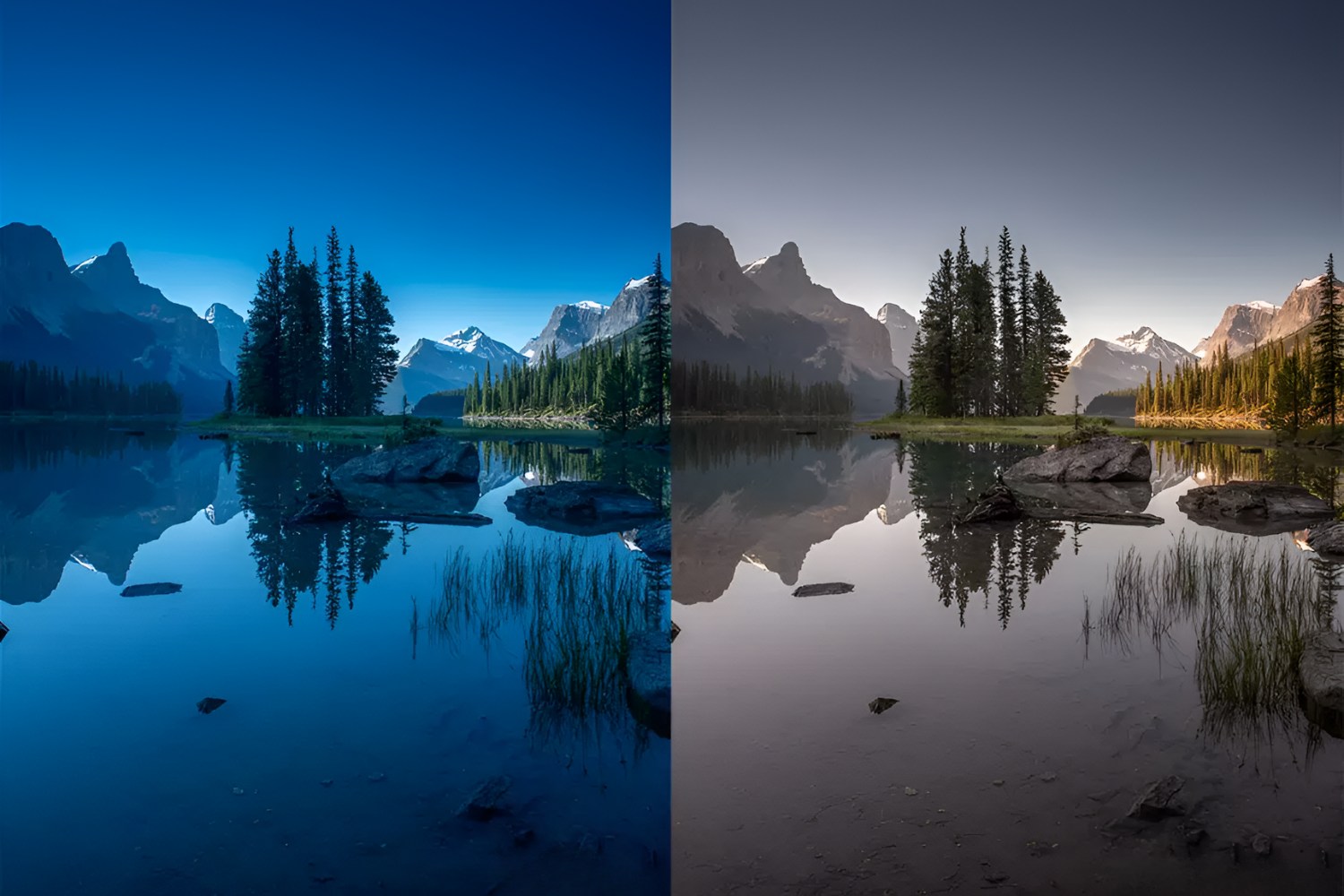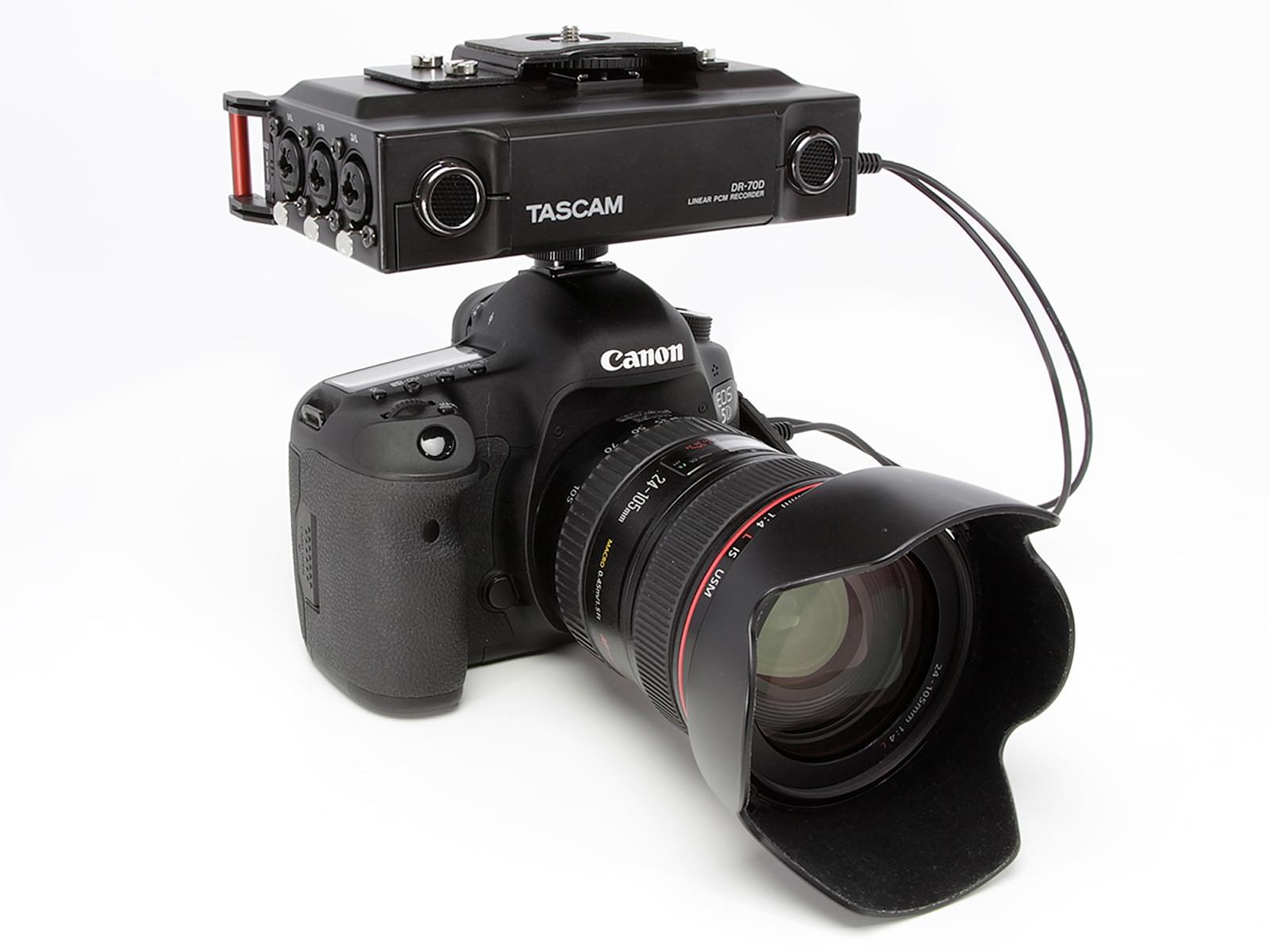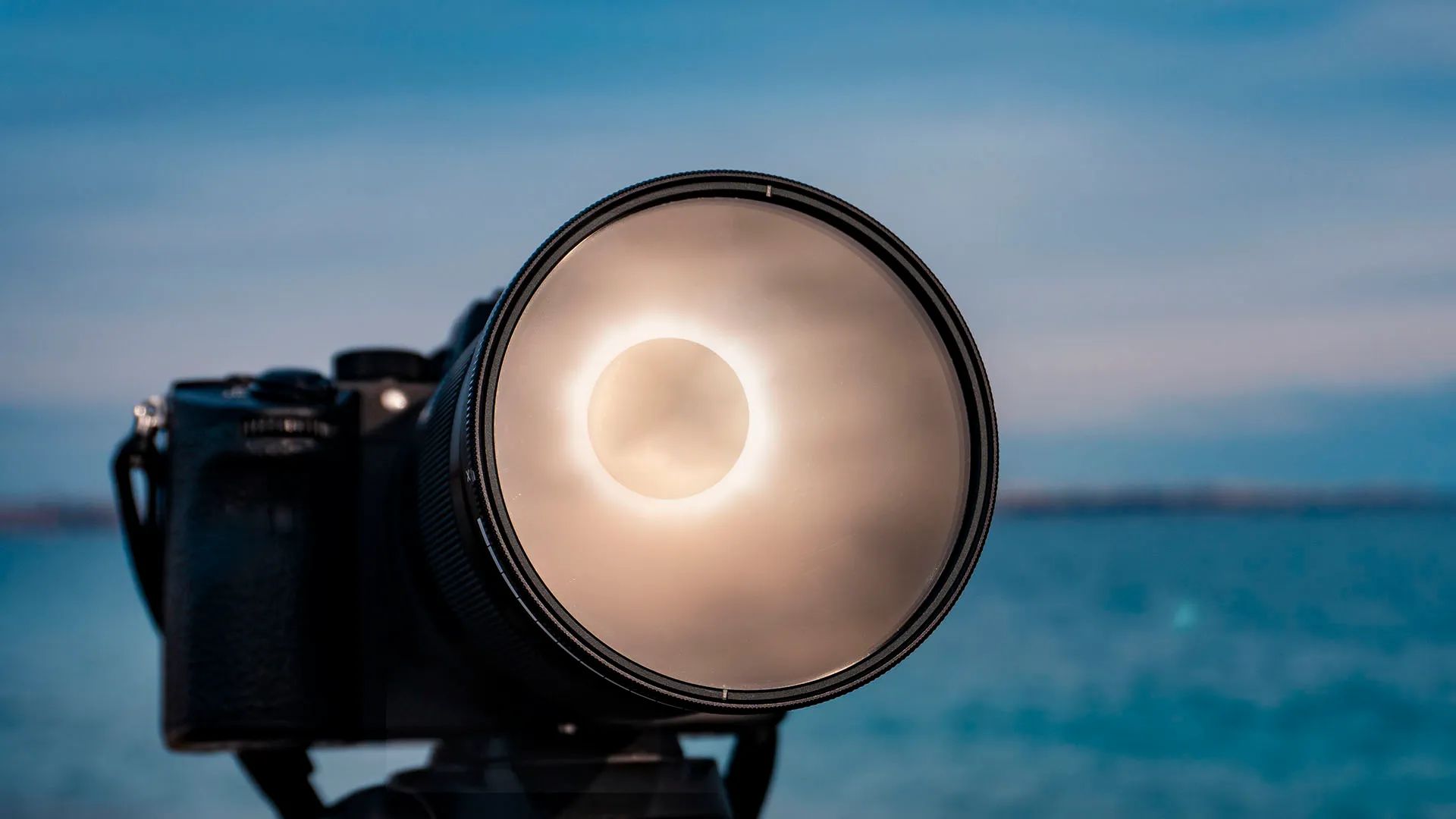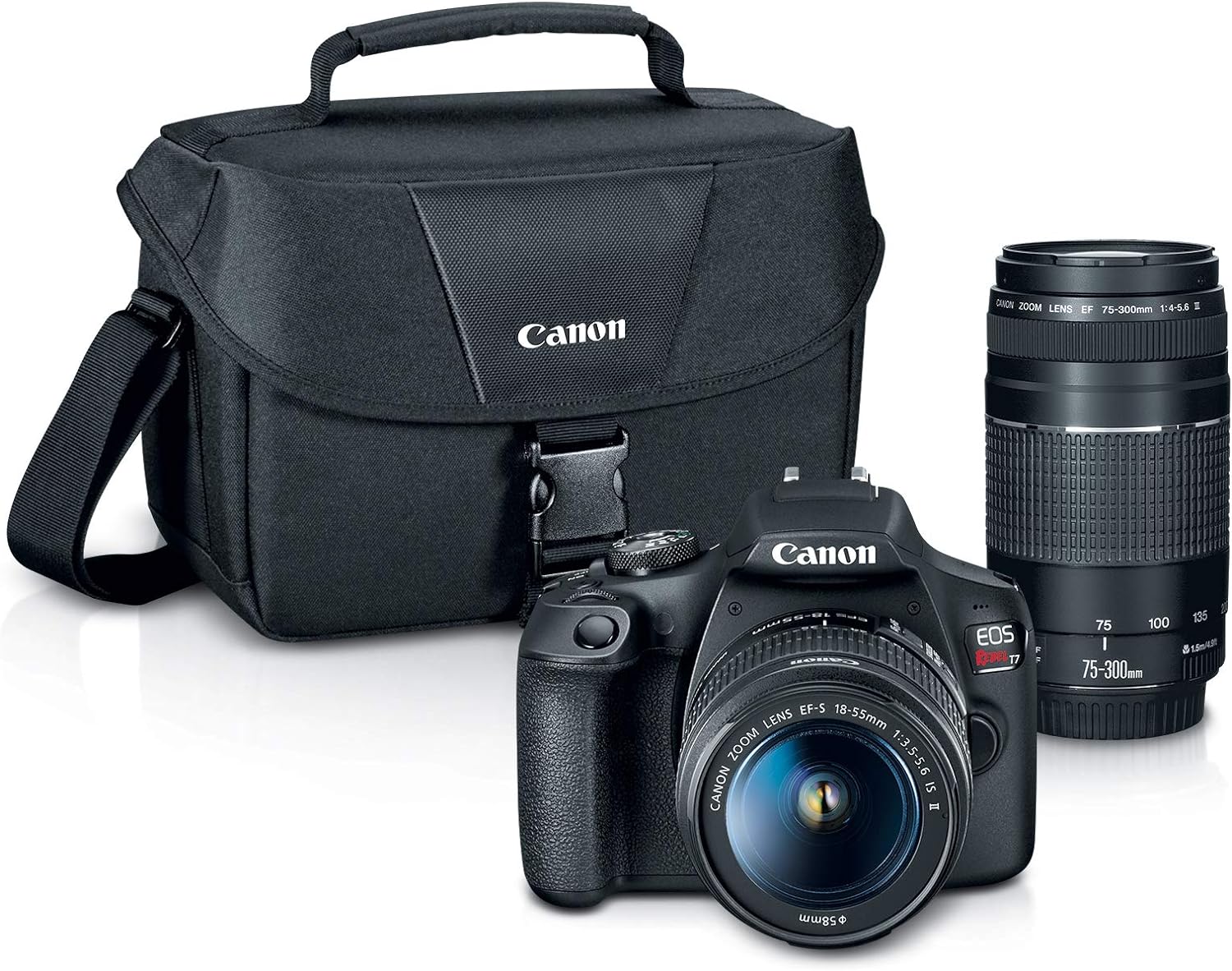Introduction
Welcome to the fascinating world of DSLR photography! As you embark on this creative journey, it's essential to understand the role of filters in enhancing the quality and versatility of your images. Filters are indispensable tools that can significantly elevate the visual impact of your photographs, allowing you to capture scenes with greater clarity, contrast, and vibrancy. In this comprehensive guide, we will explore the various types of filters available for DSLR cameras, shedding light on their unique functions and the remarkable effects they can produce.
Filters serve as invaluable accessories for photographers, enabling them to manipulate light, control reflections, and correct color balance to achieve captivating results. Understanding the distinct characteristics of each filter will empower you to make informed decisions when selecting the most suitable options for your specific photographic endeavors. Whether you are a seasoned professional or an enthusiastic beginner, mastering the art of using filters will undoubtedly enrich your photographic repertoire and elevate the visual allure of your images.
Join us as we delve into the world of UV filters, polarizing filters, neutral density filters, color correction filters, and graduated neutral density filters, unraveling their individual contributions to the art of DSLR photography. Let's embark on this enlightening exploration of filters and discover how these remarkable accessories can unlock new dimensions of creativity and visual splendor in your photographic pursuits.
UV Filter
One of the most commonly used filters for DSLR cameras is the UV filter, which serves a dual purpose of enhancing image quality and providing physical protection for the camera lens. UV filters are designed to reduce the impact of ultraviolet light, which can cause hazy and indistinct images, particularly in outdoor settings. By effectively blocking out UV rays, these filters help produce sharper and clearer photographs with improved contrast and color saturation.
Aside from their optical benefits, UV filters act as a barrier against dust, moisture, and scratches, safeguarding the delicate surface of the lens. This protective function is particularly valuable in challenging environments, such as sandy beaches or dusty landscapes, where the risk of lens damage is heightened. Additionally, the presence of a UV filter on the lens provides peace of mind to photographers, knowing that their valuable equipment is shielded from potential harm without compromising image quality.
It’s important to note that the impact of UV filters on digital cameras is a subject of debate among photographers. While some argue that modern DSLR sensors are inherently less susceptible to UV light interference, others advocate for the use of UV filters as a proactive measure to mitigate potential image degradation. Ultimately, the decision to use a UV filter should be based on individual preferences and shooting conditions.
When selecting a UV filter for your DSLR camera, opt for high-quality, multi-coated filters to minimize the risk of lens flare and maintain optimal image clarity. Investing in a reputable UV filter ensures that you derive the full benefits of its protective and optical properties, contributing to the overall excellence of your photographic endeavors.
Polarizing Filter
A polarizing filter is an indispensable tool for photographers seeking to control reflections, enhance color saturation, and capture stunning outdoor scenes with unparalleled clarity. This versatile filter effectively reduces glare and reflections from non-metallic surfaces, such as water and glass, allowing for the creation of captivating, glare-free images. By selectively blocking certain polarized light rays, polarizing filters enable photographers to achieve rich, vibrant colors and heightened contrast, especially in bright, sunlit conditions.
One of the key benefits of using a polarizing filter is its ability to enhance the appearance of skies in landscape photography. By reducing atmospheric haze and intensifying the blue hues of the sky, polarizing filters contribute to the creation of striking, dynamic compositions with enhanced depth and visual impact. Furthermore, these filters are instrumental in emphasizing cloud formations and bringing out intricate details in the sky, elevating the overall aesthetic appeal of outdoor photographs.
When photographing bodies of water, such as lakes, rivers, or oceans, polarizing filters play a crucial role in eliminating surface reflections and revealing the underlying textures and colors beneath the water’s surface. This transformative effect not only adds a captivating dimension to water-based images but also allows photographers to capture the natural beauty of aquatic environments with unparalleled clarity and definition.
It’s important to note that the effectiveness of polarizing filters is contingent on the angle of the light source and the photographer’s position relative to the scene. By rotating the filter, photographers can adjust the degree of polarization to achieve the desired visual effects, making polarizing filters highly adaptable tools for a wide range of photographic scenarios.
When selecting a polarizing filter for your DSLR camera, opt for circular polarizers that are compatible with autofocus and metering systems. Additionally, investing in high-quality polarizing filters with multi-coating can help minimize reflections and maintain exceptional image quality, ensuring that your photographic pursuits are imbued with the captivating allure of polarized light.
Neutral Density Filter
The neutral density (ND) filter is a valuable asset in a photographer’s toolkit, offering unparalleled control over exposure and depth of field in various lighting conditions. This versatile filter effectively reduces the amount of light entering the camera without impacting the color balance, allowing photographers to achieve longer exposures or wider apertures even in bright environments. By extending the exposure time, ND filters enable the capture of mesmerizing long-exposure photographs, particularly in settings featuring flowing water, bustling cityscapes, or ethereal cloud movements.
One of the primary applications of ND filters is in landscape photography, where they facilitate the creation of evocative, dreamlike images by blurring motion and emphasizing the passage of time. Whether it’s capturing the serene flow of a waterfall or the graceful movement of swaying trees, ND filters empower photographers to infuse their images with a sense of dynamism and fluidity, transcending the constraints of conventional shutter speeds.
Additionally, ND filters are indispensable for achieving a shallow depth of field in brightly lit environments, allowing photographers to isolate subjects and create compelling visual narratives with beautifully blurred backgrounds. This capability is particularly advantageous in portrait photography and artistic visual storytelling, where the selective focus on subjects is instrumental in conveying emotion and drawing the viewer’s attention.
Photographers can choose from a range of ND filter densities, each offering varying degrees of light reduction to suit specific shooting requirements. Whether it’s a subtle ND2 filter for mildly reducing light or a potent ND1000 filter for extensive light reduction, the versatility of ND filters empowers photographers to exercise precise control over exposure and creative expression.
When selecting ND filters for your DSLR camera, opt for high-quality, multi-coated filters to minimize the risk of optical aberrations and maintain exceptional image fidelity. By incorporating ND filters into your photographic pursuits, you can explore new dimensions of visual storytelling and artistic expression, harnessing the transformative power of controlled light to capture captivating moments with unparalleled finesse.
Color Correction Filters
Color correction filters are indispensable tools for photographers aiming to achieve precise control over color balance and temperature in their images. These filters are designed to compensate for the color cast resulting from specific lighting conditions, ensuring accurate and natural rendition of colors in a variety of settings. Whether it’s correcting the warm tones of tungsten lighting or counterbalancing the cool hues of overcast skies, color correction filters enable photographers to capture scenes with faithful color reproduction and visual authenticity.
One of the primary applications of color correction filters is in portrait photography, where they play a crucial role in mitigating the adverse effects of mixed lighting environments. By strategically applying color correction filters, photographers can harmonize skin tones, neutralize unwanted color casts, and achieve a balanced, lifelike portrayal of their subjects, enhancing the overall visual impact of their portraits.
Furthermore, color correction filters are instrumental in fine-tuning the color temperature of images to evoke specific moods and atmospheres. Whether it’s intensifying the warm, golden glow of a sunset or infusing a scene with cool, tranquil tones, these filters empower photographers to imbue their images with emotive resonance and visual depth, elevating the storytelling potential of their photographs.
Photographers can choose from a diverse array of color correction filters, each tailored to address specific color temperature discrepancies and lighting challenges. From subtle adjustments to dramatic transformations, these filters offer a nuanced approach to achieving precise color fidelity and visual coherence in diverse shooting scenarios.
When selecting color correction filters for your DSLR camera, consider the unique lighting conditions you frequently encounter and choose filters that align with your creative vision. Additionally, investing in high-quality, precisely calibrated filters ensures that you can achieve accurate color reproduction and seamless integration of color correction techniques into your photographic workflow, empowering you to capture scenes with unparalleled color fidelity and expressive depth.
Graduated Neutral Density Filter
The graduated neutral density (GND) filter is a powerful tool that empowers photographers to manage exposure differentials within a single frame, particularly in high-contrast scenes where the dynamic range exceeds the camera’s sensor capabilities. These filters feature a gradient of light reduction, transitioning from a neutral density to clear, allowing photographers to balance the exposure between the bright sky and the darker foreground in landscape and architectural photography.
One of the key advantages of GND filters is their ability to retain the natural tonal range of a scene without compromising exposure accuracy. By strategically positioning the filter to align with the horizon or other transitional elements, photographers can achieve balanced exposures, preserving detail in both the sky and the landscape, resulting in images with enhanced visual impact and depth.
GND filters come in various gradient configurations, including soft, hard, and reverse gradients, catering to different scene compositions and lighting conditions. Soft-edge GND filters are ideal for gradual transitions between the dark and bright areas of a scene, while hard-edge GND filters are well-suited for distinct horizon lines and architectural settings. Reverse GND filters are tailored for scenes with a bright, defined horizon, such as sunrises and sunsets, where the upper portion of the frame requires greater light reduction.
These filters are particularly valuable in scenarios where achieving balanced exposures through post-processing techniques may result in compromised image quality or unrealistic tonal transitions. By capturing the desired exposure in-camera using GND filters, photographers can produce images with natural, seamless tonal gradations and optimal dynamic range, preserving the authenticity and visual integrity of the scene.
When selecting GND filters for your DSLR camera, consider the specific shooting scenarios and compositions you frequently encounter, and invest in a range of GND filters to accommodate diverse lighting conditions and scene dynamics. By incorporating GND filters into your photographic toolkit, you can elevate the visual impact of your landscape and architectural compositions, harnessing the transformative power of balanced exposures to capture scenes with unparalleled depth and tonal richness.
Conclusion
As you navigate the captivating realm of DSLR photography, the diverse array of filters available for your camera presents an opportunity to elevate your creative vision and technical prowess. From UV filters that offer optical enhancement and lens protection to polarizing filters that control reflections and intensify colors, each filter type serves as a gateway to unlocking new dimensions of visual storytelling and artistic expression.
Neutral density filters provide unparalleled control over exposure and depth of field, enabling you to craft captivating long-exposure images and achieve striking visual effects in various lighting conditions. Color correction filters offer precise color balance adjustments, ensuring faithful reproduction of hues and tones in diverse environments, while graduated neutral density filters empower you to manage exposure differentials within a single frame, preserving the natural tonal range of high-contrast scenes with finesse and accuracy.
By integrating these filters into your photographic workflow, you gain the ability to transcend technical limitations and capture scenes with enhanced clarity, vibrancy, and visual impact. Whether you are embarking on a scenic landscape expedition, capturing the candid moments of everyday life, or delving into the intricacies of portrait photography, the judicious use of filters allows you to infuse your images with a captivating allure and a nuanced visual narrative.
When selecting filters for your DSLR camera, prioritize quality and compatibility to ensure seamless integration into your photographic pursuits. Investing in high-quality, multi-coated filters from reputable manufacturers empowers you to harness the full potential of these accessories, enhancing the overall excellence of your photographic endeavors.
As you continue to explore the dynamic interplay of light, color, and composition in your photographic journey, the strategic utilization of filters will undoubtedly enrich your creative repertoire and imbue your images with a newfound depth and resonance. Embrace the transformative power of filters and embark on a captivating odyssey of visual storytelling, where every image becomes a testament to your artistic vision and technical finesse.







